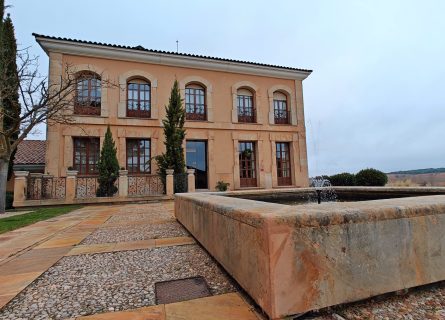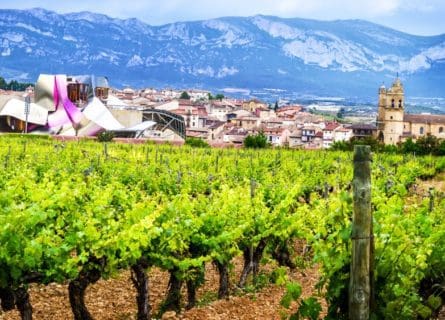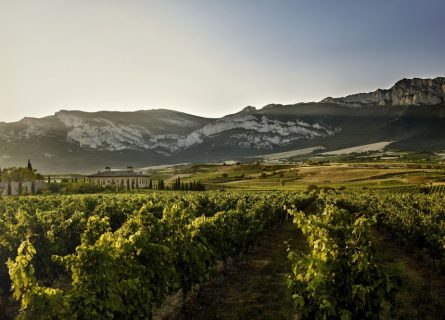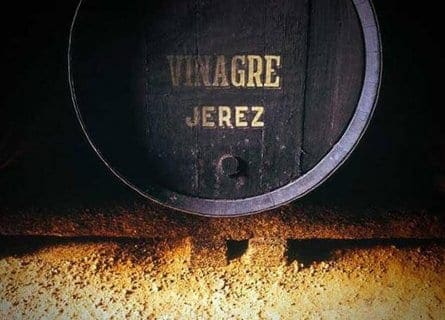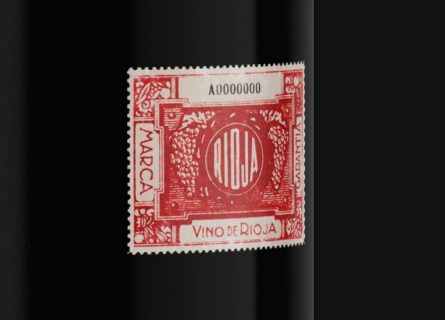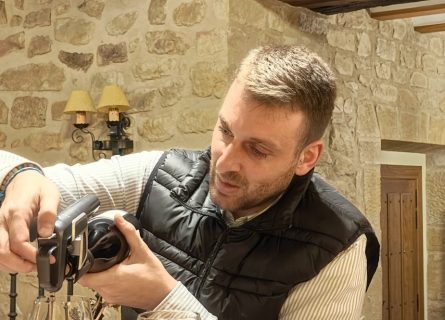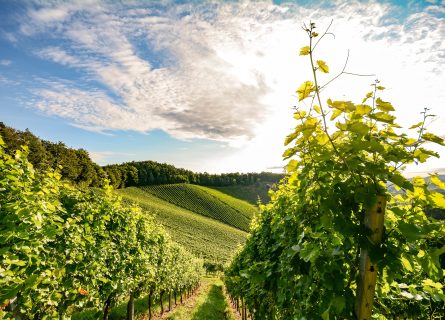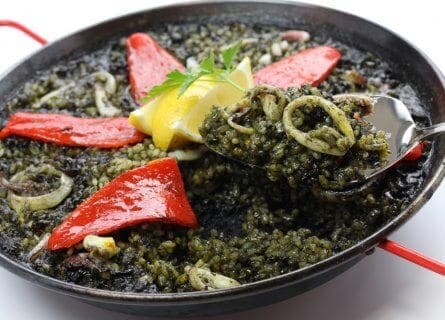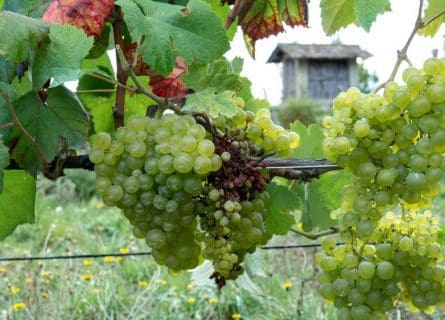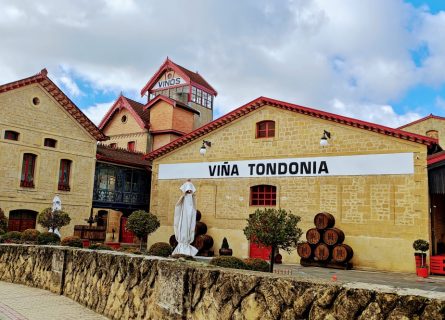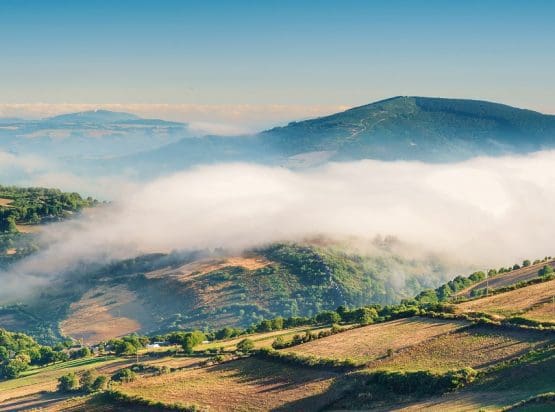
Santiago de Compostela Travel Guide
Where the spirit of pilgrimage meets the pleasures of gastronomy
The culmination of the legendary pilgrim’s trail, Camino de Santiago (Saint James’ Way), Santiago de Compostela’s magical medieval city, has been one of the Christian world’s most important pilgrimage sites for centuries. With its piercing spires, elegant palaces, and romantic plazas, some say it is the most beautiful city in Spain. While that claim is hard to prove, there is no denying the magnetic appeal of Santiago’s mix of majestic medieval architecture, a buzzing café culture, and a storybook historical center where ancient monuments, modern boutiques, and wonderful restaurants rub shoulders along narrow cobblestone streets.
Santiago’s compact old town is a work of art crowned by the soaring Romanesque cathedral, built between the 11th and 13th centuries in honor of Santiago (Saint James), who believers say was buried here in the first century AD. When his remains were rediscovered in the 9th century, Santiago became an important pilgrimage site, drawing the faithful across Europe.
Even today, more than a millennia later, the Camino de Santiago, which begins in France and stretches across northern Spain, is one of the world’s most beloved and most-used pilgrimage trails. It’s living a modern renaissance, with thousands of hikers and cyclists visiting it yearly. Gourmet travelers also follow the Camino de Santiago route across Northern Spain, visiting wine country and monuments en route – La Rioja, Basque Country’s Txakoli region, and the exquisite region of Asturias with its Cider and artisan cheeses are all on the way.
The pilgrims’ reward upon reaching Santiago is a modern city village that still clings tightly to its medieval past. The city acquired the height of its influence in the 11th century, but its role as a pilgrimage site assured steady growth and a wealth of churches, monasteries, and palaces for hundreds of years. Even today, more than two dozen churches, convents, and monasteries are open for visits to the city center.
But history and austere old buildings aren’t the only things Santiago has to offer. Thanks to the presence of the 16th-century university, one of Spain’s oldest and most respected, there is a lively student culture and a buzzing nightlife. The ancient city center is packed with atmospheric bars and pubs; some of the best drink spots are around the Rúa da Congo, the Rúa San Paio de Antealtares, and the Plaza de Cervantes. Even during the day, Santiago boasts one of Spain’s best café cultures, with wine bars, coffeehouses, and old-timey cafés packed along its cobblestone streets.
Just outside the city are the lush green forests of Galicia (this area is called “Green Spain” for a good reason!), creating the ideal place for rural getaways or walks. A bit further on is the breathtakingly beautiful Galician coast, where rías (inlets) score the shoreline. Rias Baixas is the famous wine country here, producing fabulous Albariño wines. Tiny fishing villages, remote beaches, and busy resorts are dotted along these picturesque rías that can all be enjoyed on your tour of Santiago de Compostela and the region of Galicia.
-
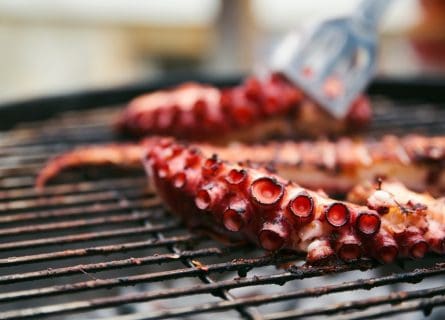
Grilled octopus (pulpo) Gastronomy & Wine
Nowhere in Spain (or perhaps Europe) will you find such delectable shellfish and seafood as in Galicia. As the region’s capital, Santiago de Compostela enjoys even better cuisine than other cities. From ocean-fresh prawns, shrimp, crab, and lobsters to local specialties like Galician octopus (boiled and served with cayenne pepper and Olive Oil), there is a little something for everyone. The seafood is often served either boiled or grilled, which allows its natural flavors to shine. One exception is “Caldo Gallego,” a savory stew made with beans, potatoes, turnips, and smoked pig fat; light it is not, but this winter staple is a delicious regional favorite.
Galician wines are the perfect accompaniment to typical seafood dishes. The crisp and fruity Albariño wines from the Rías Baixas DO seem created to combine with shellfish. Also, look out for wines from the other Galician Dos- Denominacion de Origen, i.e., appellation-: Ribeira Sacra (known for its delicate red wines), Ribeiro, Valdeorras, and Monterrei.
Head to streets like Calle Franco or Calle Raiña in the city center to find excellent eateries. If you’re looking for rustic charm in spades, don’t miss the El Asesino (“The Killer”), a homey mom-n-pop restaurant serving local specialties for 130-plus years. Stop at the Mercado de Abastos, the city’s primary fresh market, to ooh and ah over the raw ingredients.
Guide to Galician Gastronomy: Read more
Nearby Wine Regions
-
 Discover the authentic flavors of Spain with our ultimate guide to Galicia wines. From local grape varieties to top wineries, plan your trip today! Read more
Discover the authentic flavors of Spain with our ultimate guide to Galicia wines. From local grape varieties to top wineries, plan your trip today! Read more -
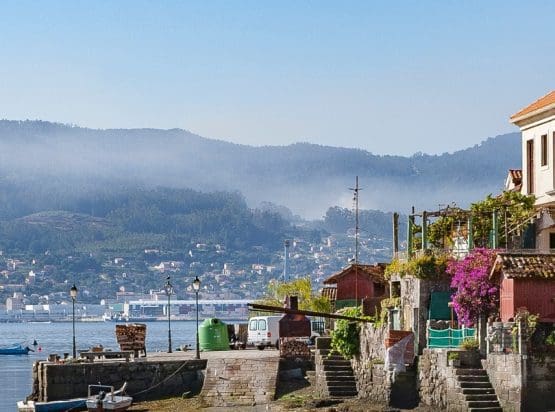 Discover the flavors of Galicia in the Rias Baixas wine region. Explore the unique characteristics of Albariño wines. Plan your trip today! Read more
Discover the flavors of Galicia in the Rias Baixas wine region. Explore the unique characteristics of Albariño wines. Plan your trip today! Read more -
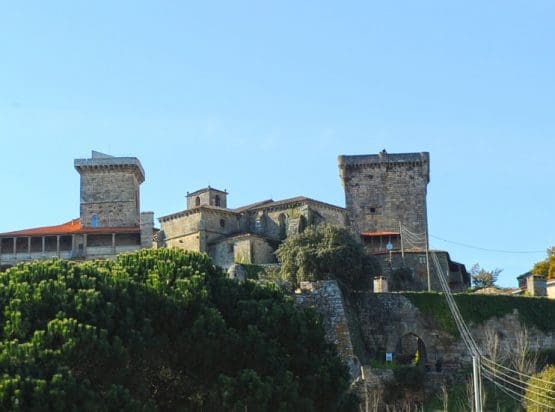 Uncover Galicia's White Wine Revolution. Don't miss this up-and-coming DO with exceptional soils and diverse grape varieties. Plan your trip! Read more
Uncover Galicia's White Wine Revolution. Don't miss this up-and-coming DO with exceptional soils and diverse grape varieties. Plan your trip! Read more -
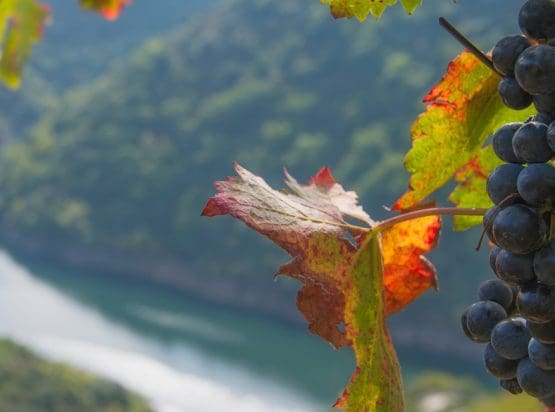 Unveil the allure of Ribeira Sacra wines and immerse yourself in Galicia's winemaking traditions. Explore breathtaking vineyards. Plan your trip today! Read more
Unveil the allure of Ribeira Sacra wines and immerse yourself in Galicia's winemaking traditions. Explore breathtaking vineyards. Plan your trip today! Read more -
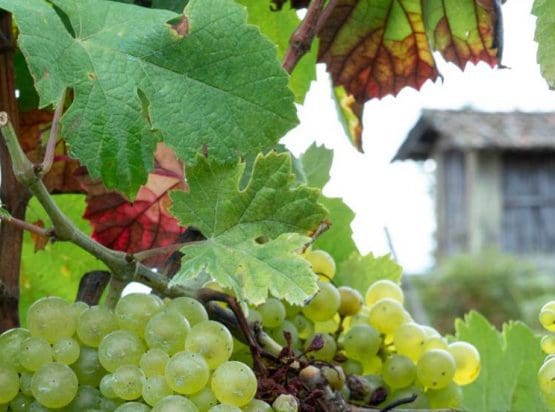 Explore Ribeiro Wine Region: Discover vineyards, savor exquisite wines, and immerse in the charm of this enchanting destination. Start your journey now! Read more
Explore Ribeiro Wine Region: Discover vineyards, savor exquisite wines, and immerse in the charm of this enchanting destination. Start your journey now! Read more -
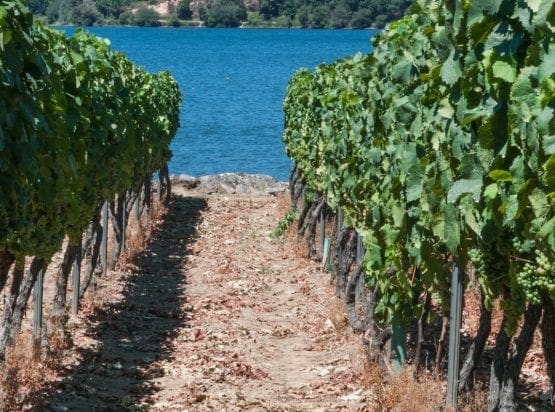 Uncover Valdeorras, Spain's captivating wine region. Critics adore its chic Godello grape. Indulge in the misty Northwestern allure. Plan your trip today! Read more
Uncover Valdeorras, Spain's captivating wine region. Critics adore its chic Godello grape. Indulge in the misty Northwestern allure. Plan your trip today! Read more
Highlights
-
The Cathedral
A superb Romanesque creation begun in 1075, this is the heart of Santiago. It’s said that St. James’ remains were buried here in the 1st century AD and rediscovered in 813. Today visitors line up to kiss his statue, which sits behind the main altar, and to hear mass in this wondrous place.
-
Museo do Pobo Galego
To dig into the local culture, visit this exciting museum, which exhibits everything from boating and fishing to music and pottery.
-
Mueso de los Peregrinos
If you’re interested in the history of the Camino de Santiago, check out this museum that explores the pilgrim culture, an essential part of Santiago’s history.
-
Santiago's University
One of Spain’s oldest and most emblematic institutions of higher learning, the University is a popular spot to visit. Seek out the 16th-century Colegio de Fonesca, formerly a monastery and home to a beautiful university library. There are usually exhibits held in the two ornate rooms at the front.
-
Hospital Real
The royal hospital, built-in 1492 to service pilgrims coming through the city, is now the elegant 5* Parador Hotel. The Plateresque and Renaissance architecture here makes it worth a visit, even if you decide to stay elsewhere.
-
Plazas and Squares
Santiago’s maze of a city center is broken up with lovely plazas, big and small. Seek out the Plaza de las Platerias, so named for the many silver shops (Plateria) found here. The Plaza de la Quintana, near the Cathedral, is a popular place for taking photos, thanks to the lovely views of the cathedral towers.
Recommended for you
More information
If you would like us to customize an exclusive luxury tour, contact us and let us know your travel plans. We offer luxury food and wine tours for private groups of a mininium two guests. In addition, all of our private, chauffeured tours are available year-round upon request.


